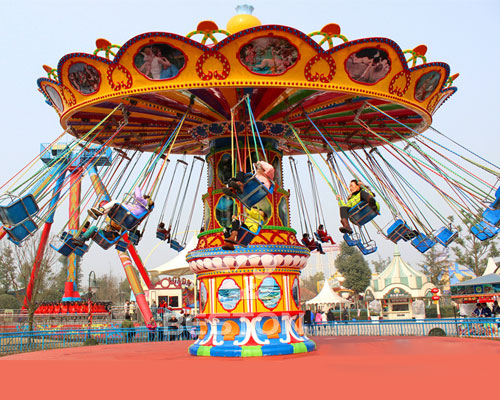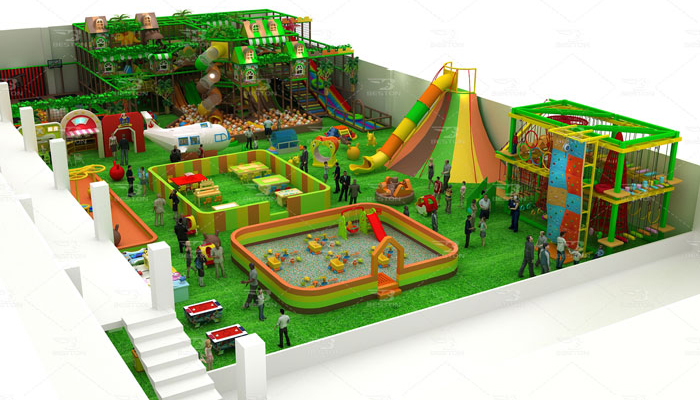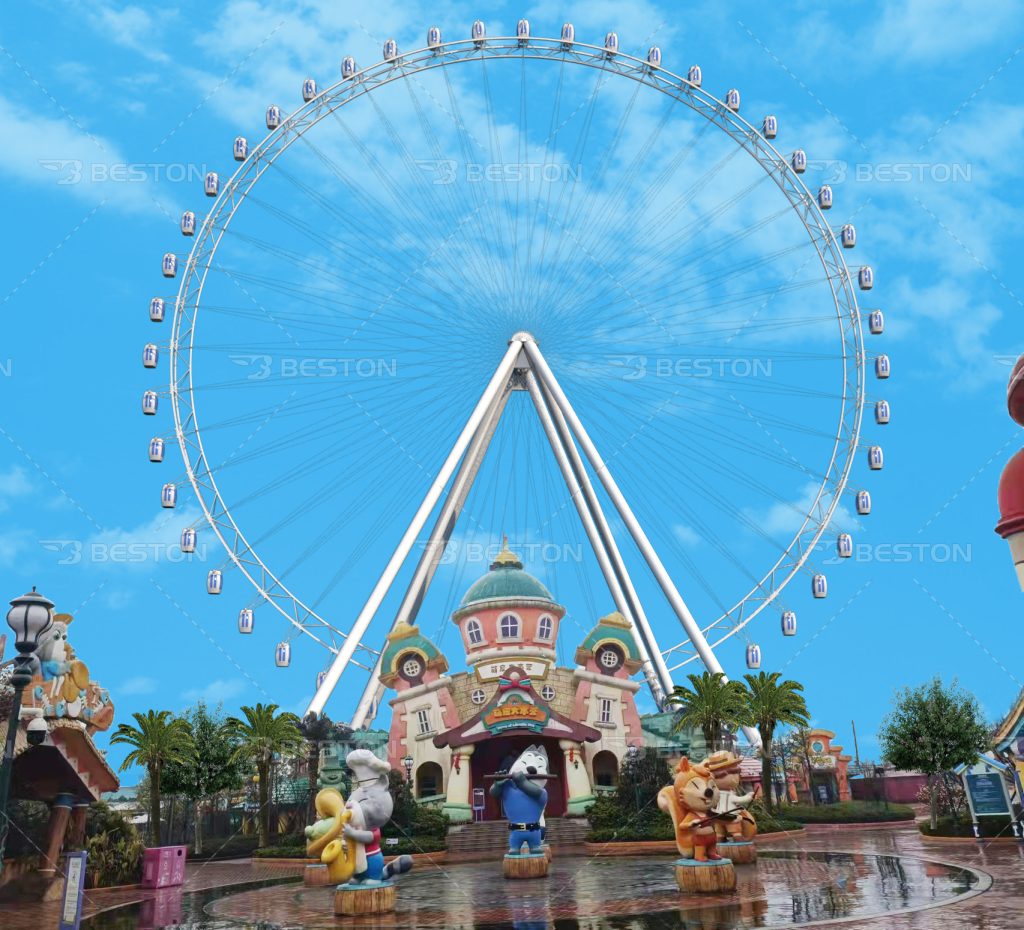Introduction
Lighting design has expanded far beyond its traditional role of simple visibility. In contemporary leisure environments, illumination now functions as a core emotional driver, a spatial sculptor, and a narrative tool. From a pirate ship amusement park ride to immersive theme zones, lighting systems have become integral to both guest experience and operational efficiency. As technology evolves, designers and manufacturers are leveraging increasingly sophisticated lighting architectures to support safety, storytelling, and psychological engagement.
The Evolution of Lighting as an Experiential Instrument
For decades, lighting systems served primarily utilitarian purposes. Today, they operate as multi-layered experiential devices. The shift began with programmable LED technology that allowed precision control, energy efficiency, and color versatility. Over time, dynamic lighting migrated from theatrical stages into ride systems, themed environments, and swing ride designs. This evolution has enabled designers to infuse physical spaces with emotional cues—calmness, suspense, exhilaration, or wonder—without modifying mechanical structures.
Emotional Modulation Through Light
Lighting affects the human nervous system in subtle yet profound ways. Color temperature alters biological responses. Luminosity influences alertness. Rhythmic lighting can induce anticipation. These principles are increasingly integrated into ride and attraction design, including indoor playground equipment. Designers use light to define zones, highlight surfaces, and craft atmospheres that enhance both safety and playfulness, transforming even compact areas into expansive, engaging experiences.
Integrating Lighting Systems into Ride Engineering
Modern amusement attractions are complex mechanical systems. Lighting must harmonize with ride dynamics, safety requirements, and the broader thematic vision. Companies producing amusement park equipment for sale increasingly prioritize integrated lighting solutions in their offerings, as illumination has become central to guest engagement, operational efficiency, and thematic storytelling. Effective integration demands interdisciplinary coordination between engineers, lighting designers, and control system specialists.
Structural Considerations
Ride structures must accommodate lighting housings, cable routing, and maintenance access. Even a simple ride—such as a compact pirate ship—requires careful weight distribution, vibration mitigation, and thermal management to ensure lighting longevity.
Control Systems
Contemporary lighting systems rely on DMX, DALI, or Ethernet-based protocols. These enable granular control and allow lighting to react to ride motion, speed, and audio triggers. The interplay between motion and illumination enhances perceived velocity and intensifies narrative beats.
Material Interactions
Reflective surfaces, matte finishes, translucent panels, and integrated diffusers play a critical role in how light interacts with physical components. On a swing ride, translucent canopy panels can serve as dynamic color emitters, shifting the ambience from festive to serene within seconds.
Application in Indoor Entertainment Environments
Indoor attractions present a unique lighting canvas. Because natural light is limited or absent, designers have full authority over the emotional landscape. This is particularly advantageous for operators seeking multi-thematic environments within confined spaces.
Play Zones and Safety Cues
Indoor playground equipment is frequently illuminated using layered systems that separate play zones visually. High-CRI lighting ensures visibility, while accent lighting guides movement paths and reduces collision risk.
Thematic Experiences
Operators can re-theme spaces seasonally or for special events through lighting alone. For example, transforming a jungle-themed area into a cosmic playground may require no physical renovation—only a recalibrated lighting script and selective projection mapping.
Future Trajectories in Lighting Innovation
The next frontier lies in fluid, data-driven illumination. Several trends are already emerging.
Sensor-Adaptive Lighting
Lighting systems that adjust based on crowd density, ride load cycles, or environmental noise levels can create responsive atmospheres that evolve throughout the day.
Immersive Projection-Lighting Hybrids
Hybrid systems merge static illumination with projection mapping, enabling designers to generate high-resolution narrative surfaces without heavy physical theming.
Integrated Audio-Light Choreography
As spatial audio advances, synchronized audio-illumination systems will create environments in which sound and light behave as a single atmospheric instrument.
Sustainability Focus
Low-voltage architectures, recyclable materials, and modular fixtures will improve maintainability and reduce environmental impact across the lifecycle of amusement park equipment.
Conclusion
Lighting has become a defining medium in the modern amusement landscape. Whether enhancing the drama of a pirate ship amusement park ride, elevating the visual rhythm of a swing ride, enriching the thematic coherence of indoor playground equipment, or increasing the commercial appeal of amusement park equipment for sale, illumination now operates at the intersection of engineering, psychology, and art.
Through deliberate design, lighting transforms kinetic structures into emotionally resonant experiences. The result is an environment where atmosphere is crafted with precision, and where illumination itself becomes a primary driver of guest satisfaction and operational value.
